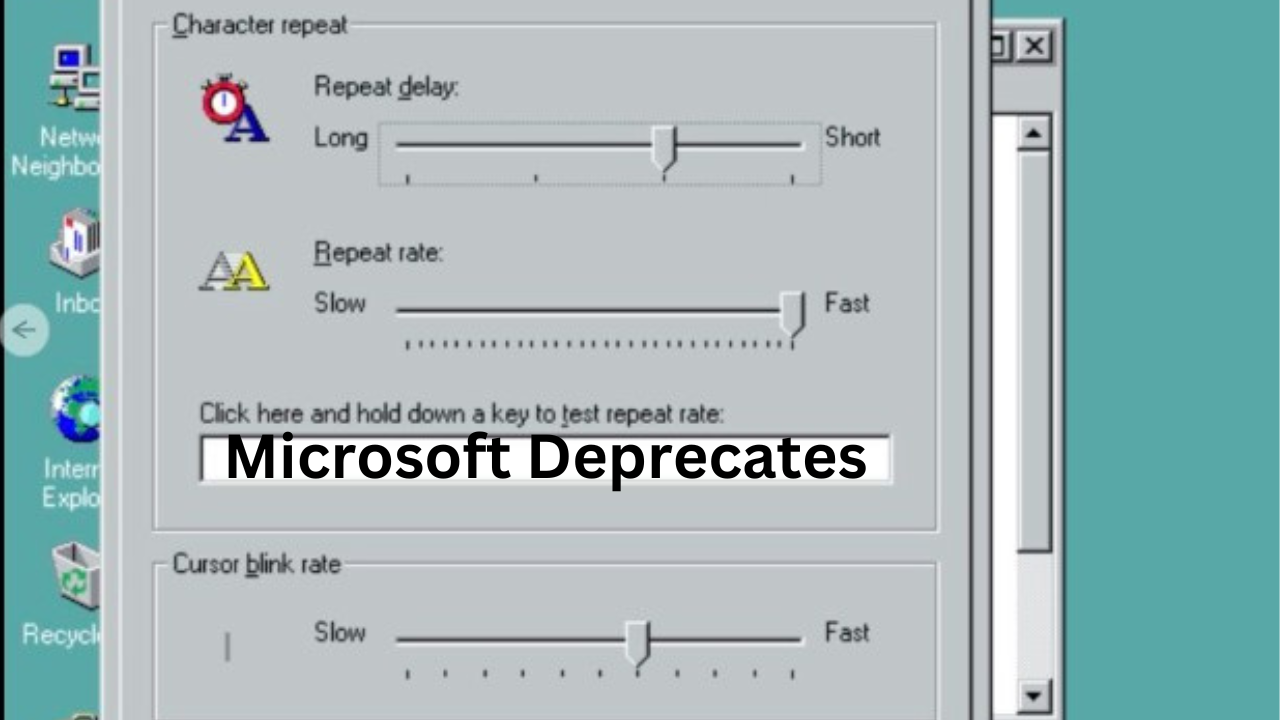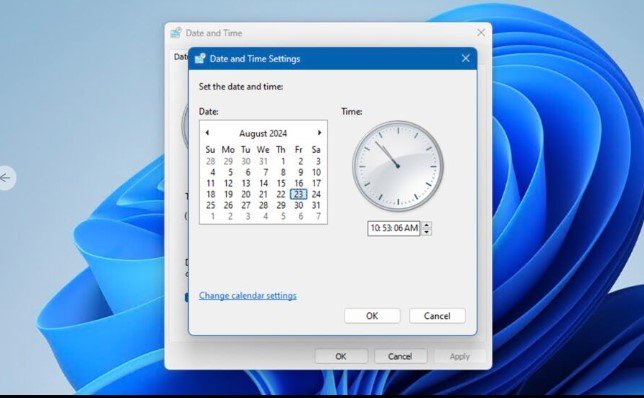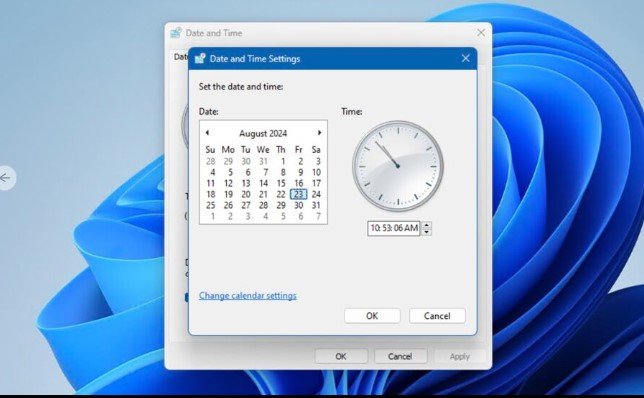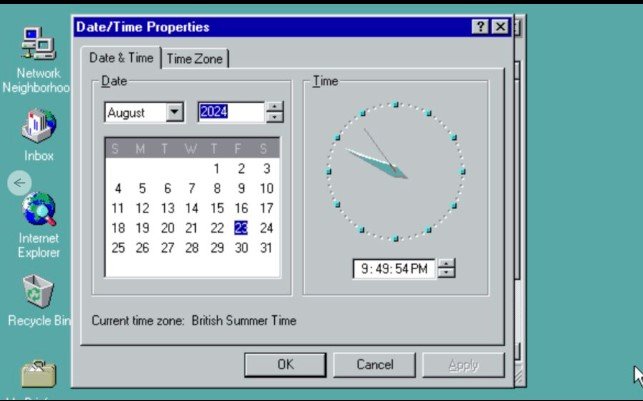The End of an Era: Microsoft Deprecates the 39-Year-Old Windows Control Panel
In the ever-evolving landscape of technology, change is inevitable, and often, it involves bidding farewell to long-standing features and tools that have served generations of users. Microsoft, a company synonymous with personal computing, has officially deprecated the Windows Control Panel, marking the end of an era for a tool that has been a cornerstone of the Windows operating system for 39 years.
A Brief History of the Control Panel
The Windows Control Panel made its debut in 1985 with the release of Windows 1.0. At that time, personal computing was in its infancy, and the graphical user interface (GUI) was a novel concept. The Control Panel was designed to be a centralized hub for managing system settings, allowing users to customize their computing experience with relative ease.
In its early days, the Control Panel was a simple collection of applets, each dedicated to a specific aspect of the system, such as display settings, keyboard configuration, and printers. As Windows evolved, so too did the Control Panel, expanding its functionality with each subsequent release. By the time Windows XP was launched in 2001, the Control Panel had become an integral part of the Windows experience, offering users control over a wide array of system settings.
The Shift Toward Modernization
Despite its long-standing role, the writing had been on the wall for the Control Panel for several years. The advent of Windows 8 in 2012 marked the beginning of a significant shift in how users interacted with system settings. With Windows 8, Microsoft introduced the “Settings” app, a modern, touch-friendly interface designed to cater to the growing prevalence of touchscreen devices. While the Control Panel remained in Windows 8 and its successor, Windows 10, it was clear that Microsoft was gradually steering users toward the new Settings app.
The transition was slow and deliberate. Microsoft continued to maintain both the Control Panel and the Settings app in parallel, giving users the option to choose between the two. However, as Windows 10 evolved through its various updates, more and more features were moved from the Control Panel to the Settings app. This gradual migration reflected Microsoft’s intent to modernize the Windows user experience, making it more intuitive and consistent across different devices.
The Official Deprecation
The official deprecation of the Control Panel, announced in August 2024, signifies the culmination of this long-running transition. Microsoft has made it clear that while the Control Panel will remain accessible for a limited time, it will no longer receive updates or new features. Instead, all future development and enhancements will be focused on the Settings app.
In a statement, Microsoft explained the reasoning behind the decision, citing the need for a more cohesive and streamlined user experience. The company emphasized that the Settings app, with its modern design and improved functionality, is better suited to meet the needs of today’s users, particularly in a world where devices range from traditional desktops to tablets and hybrid devices.
The deprecation also aligns with Microsoft’s broader strategy of simplifying Windows. The Control Panel, while powerful, had become somewhat cumbersome over the years, with an array of options that could be overwhelming for less experienced users. The Settings app, by contrast, offers a more guided and user-friendly experience, with clearly defined categories and an emphasis on discoverability.
Reactions from the User Community
The deprecation of the Control Panel has elicited a range of reactions from the Windows user community. For many long-time users, the Control Panel is more than just a tool—it’s a piece of computing history, a familiar interface that has been part of their digital lives for decades. The announcement has been met with a sense of nostalgia, with some users lamenting the loss of a feature that they have relied on for so many years.
However, there is also recognition that this change was necessary. The technology landscape has changed dramatically since the Control Panel was first introduced, and the needs of users have evolved accordingly. The modern Settings app, with its sleek design and improved accessibility, is better equipped to handle the demands of a diverse and increasingly mobile user base.
The Future of Windows
As Microsoft continues to innovate and adapt to the changing needs of its users, the deprecation of the Control Panel represents a significant milestone in the ongoing evolution of Windows. While it is the end of the road for the Control Panel, it is also a new beginning for Windows as it embraces a more modern and streamlined approach to system management.
The future of Windows is one where simplicity and usability take center stage, and the Settings app is poised to play a central role in that vision. As we bid farewell to the Control Panel, we also look forward to the continued evolution of Windows, confident that the platform will continue to adapt and thrive in an ever-changing technological landscape.




